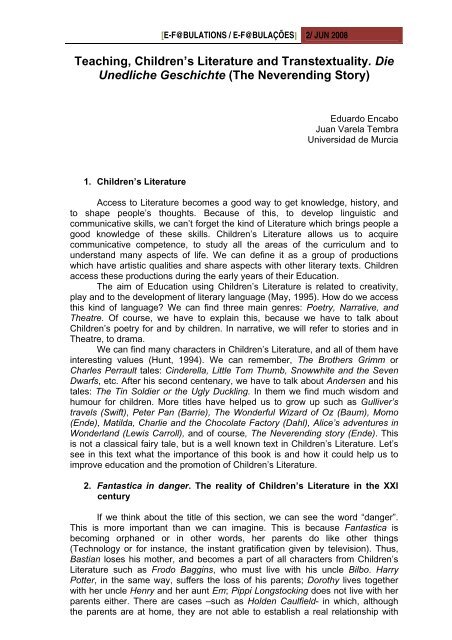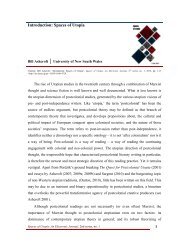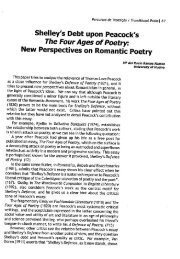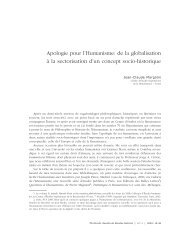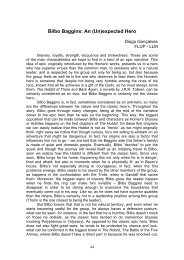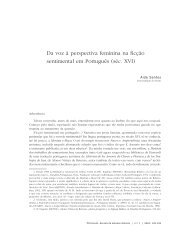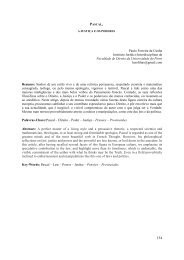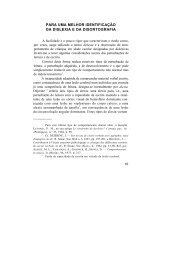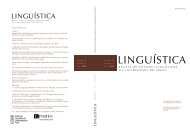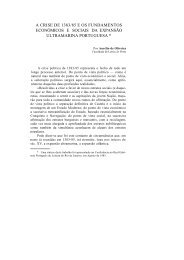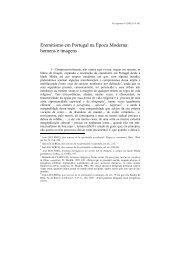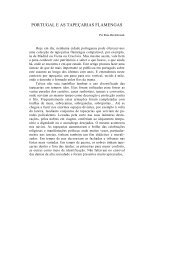e-f@bulações - Biblioteca Digital - Universidade do Porto
e-f@bulações - Biblioteca Digital - Universidade do Porto
e-f@bulações - Biblioteca Digital - Universidade do Porto
Create successful ePaper yourself
Turn your PDF publications into a flip-book with our unique Google optimized e-Paper software.
[E-F@BULATIONS / E-F@BULAÇÕES] 2/ JUN 2008<br />
Teaching, Children’s Literature and Transtextuality. Die<br />
Unedliche Geschichte (The Neverending Story)<br />
1. Children’s Literature<br />
Eduar<strong>do</strong> Encabo<br />
Juan Varela Tembra<br />
Universidad de Murcia<br />
Access to Literature becomes a good way to get knowledge, history, and<br />
to shape people’s thoughts. Because of this, to develop linguistic and<br />
communicative skills, we can’t forget the kind of Literature which brings people a<br />
good knowledge of these skills. Children’s Literature allows us to acquire<br />
communicative competence, to study all the areas of the curriculum and to<br />
understand many aspects of life. We can define it as a group of productions<br />
which have artistic qualities and share aspects with other literary texts. Children<br />
access these productions during the early years of their Education.<br />
The aim of Education using Children’s Literature is related to creativity,<br />
play and to the development of literary language (May, 1995). How <strong>do</strong> we access<br />
this kind of language? We can find three main genres: Poetry, Narrative, and<br />
Theatre. Of course, we have to explain this, because we have to talk about<br />
Children’s poetry for and by children. In narrative, we will refer to stories and in<br />
Theatre, to drama.<br />
We can find many characters in Children’s Literature, and all of them have<br />
interesting values (Hunt, 1994). We can remember, The Brothers Grimm or<br />
Charles Perrault tales: Cinderella, Little Tom Thumb, Snowwhite and the Seven<br />
Dwarfs, etc. After his second centenary, we have to talk about Andersen and his<br />
tales: The Tin Soldier or the Ugly Duckling. In them we find much wis<strong>do</strong>m and<br />
humour for children. More titles have helped us to grow up such as Gulliver’s<br />
travels (Swift), Peter Pan (Barrie), The Wonderful Wizard of Oz (Baum), Momo<br />
(Ende), Matilda, Charlie and the Chocolate Factory (Dahl), Alice’s adventures in<br />
Wonderland (Lewis Carroll), and of course, The Neverending story (Ende). This<br />
is not a classical fairy tale, but is a well known text in Children’s Literature. Let’s<br />
see in this text what the importance of this book is and how it could help us to<br />
improve education and the promotion of Children’s Literature.<br />
2. Fantastica in danger. The reality of Children’s Literature in the XXI<br />
century<br />
If we think about the title of this section, we can see the word “danger”.<br />
This is more important than we can imagine. This is because Fantastica is<br />
becoming orphaned or in other words, her parents <strong>do</strong> like other things<br />
(Technology or for instance, the instant gratification given by television). Thus,<br />
Bastian loses his mother, and becomes a part of all characters from Children’s<br />
Literature such as Fro<strong>do</strong> Baggins, who must live with his uncle Bilbo. Harry<br />
Potter, in the same way, suffers the loss of his parents; Dorothy lives together<br />
with her uncle Henry and her aunt Em; Pippi Longstocking <strong>do</strong>es not live with her<br />
parents either. There are cases –such as Holden Caulfield- in which, although<br />
the parents are at home, they are not able to establish a real relationship with


